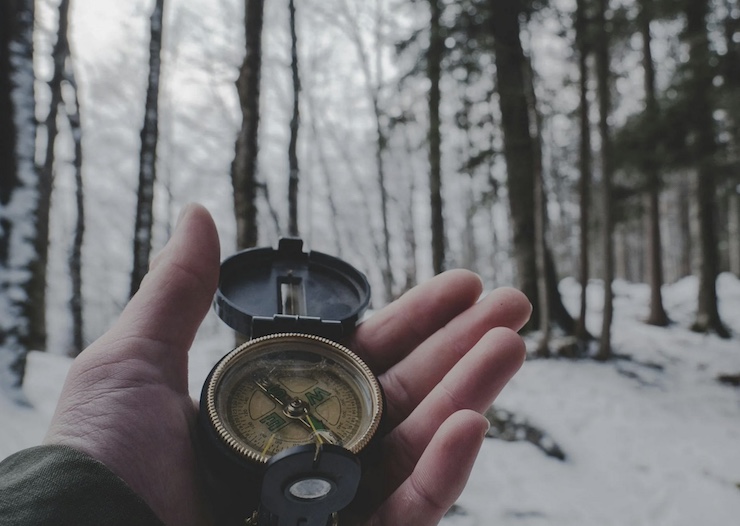
Administered by the National Institute of Justice in cooperation with the University of North Texas Health Science Center, the National Missing and Unidentified Persons System (NamUs) was officially launched in 2007. The databases, technology, and services provided by NamUs support various levels of search and rescue programs in missing and unidentified person cases. According to statistics gathered by NamUs, 600,000 people go missing in the United States of America each year.
Many times, people go missing intentionally. However, in even more cases when people go missing unintentionally, organizations like NamUs are critical in helping relocate these individuals. As temperatures rise and more people head outdoors for adventures, the number of missing persons often increases. On June 11, 2024, 34-year-old Lukas McClish set out for what was intended to be a 3-hour hike near Big Basin Redwood State Park, about 14 miles north of Santa Cruz, California. However, he became disoriented and stranded near a waterfall.
It wasn’t until June 16 when other hikers heard someone calling out for help near Foreman Creek that he was officially reported missing. Officials responded to the area, only to find it impassable. “There are no trails, no roads, several miles from the closest place to a road. The closest road that we got into, we had to four-wheel drive probably a quarter of a mile in, and then we couldn’t go further,” said Boulder Creek Fire Protection District Chief Mark Bingham. Fortunately for Lukas, his search and rescue team had drone technology on their side.
After surviving in the woods for 10 days, eating berries and using his boot to collect water from the falls, Lukas was found and reunited with his family. Officials located him using a drone equipped with a camera. Once spotted, a rescue crew planned the safest route and assisted Lukas out of the woods. Over the past few years, search and rescue teams worldwide have increasingly relied on advanced drone technology to assist organizations like NamUs in removing individuals from missing person lists.
At the University of Colorado Boulder (CU), a team of researchers has been collaborating with local search and rescue teams to further develop drone technology for expediting the search and rescue process. In 2019, CU completed construction on a 180,000-square-foot aerospace engineering building, home to the Ann and H.J. Smead Aerospace Engineering Sciences program. The building offers state-of-the-art laboratories and immersive education opportunities that have positioned CU as a leader in aerospace development. One of the core areas of study within the Smead program is the advancement of drone technology.
Hunter Ray, a doctoral student in CU’s College of Engineering and Applied Sciences, has distinguished himself within the Smead program through his numerous projects involving drone technology. His research has garnered several awards in recent years. Continuing his research, Hunter has been closely collaborating with local volunteer search and rescue teams to develop a new drone program.
The objective is to implement a computer system that instructs drones on actions required during search and rescue scenarios. This innovation aims to enhance the efficiency of limited volunteer resources during missions. Hunter explained, “The majority of people on search and rescue teams are volunteers with limited resources. This system helps reduce the manpower needed and assists our volunteers and first responders in locating individuals faster.”
Hunter has been refining this system for two years, and it is nearing completion of the research phase. Madison Hafner, a rescuer with the Boulder Emergency Squad, has been working closely with Hunter to evaluate the drone system in field operations. She appreciates how drones aid her and her teammates in locating people needing assistance and looks forward to advancements enabling more autonomous drone operations.
With Hunter’s program, Madison can input mission data into a computer system that relays instructions to the drone. Operated under the computer’s supervision, the drone autonomously executes its objectives. This feature allows Madison to focus on other critical tasks during rescue missions, ensuring timely care for individuals in need.
“I can definitely see this being implemented on every search call we go on,” Madison said of Hunter’s drone program. As NamUs emphasizes, every second counts in locating a missing person. Using drone technology can save precious minutes that can ultimately mean the difference between life and death.
|